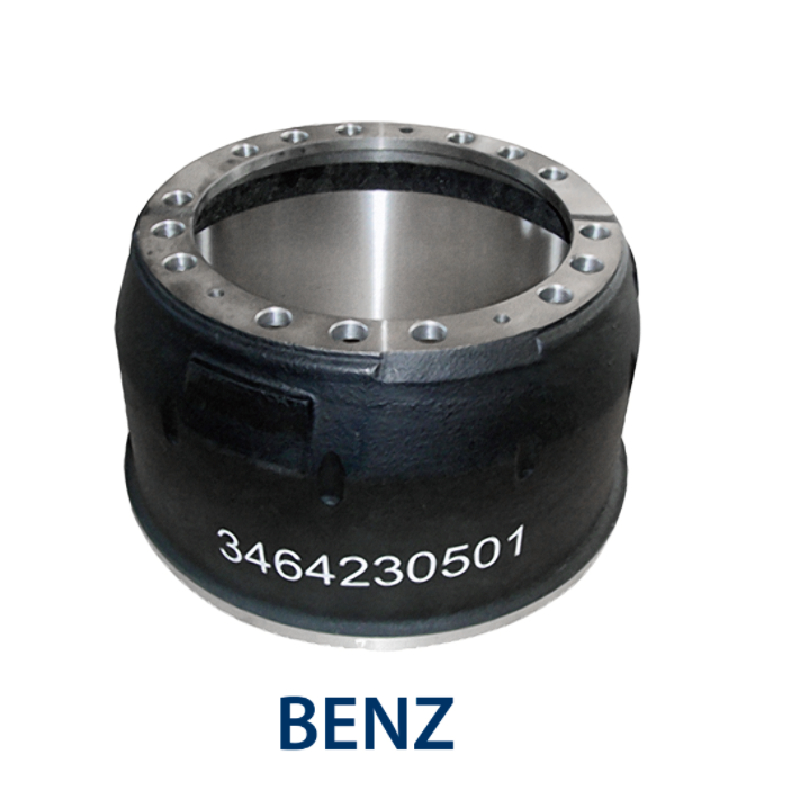Dis . 26, 2024 08:36 Back to list
Brake drum installation issue preventing proper reassembly of braking system components
Troubleshooting Why Your Brake Drum Won't Go Back On
When performing brake maintenance on a vehicle, one common issue that DIYers and mechanics encounter is the brake drum not fitting back onto the hub. This seemingly simple task can become a frustrating obstacle, especially when you're eager to finish a job. Understanding the underlying reasons for this issue is essential to resolve it efficiently. Here are several potential causes and solutions to help you get your brake drum back in place.
1. Worn or Incorrect Parts
One of the primary reasons a brake drum might not fit correctly is the use of worn or incorrect replacement parts. Over time, brake drums, shoes, and related components can wear down, leading to inconsistencies in size. Always ensure that the parts you are using are either OEM (Original Equipment Manufacturer) or specified as compatible with your vehicle's make and model. If you’ve recently replaced your brake shoes, ensure they are the correct size and match the specifications of your existing drum.
2. Brake Shoe Adjustment Issues
Another frequent culprit is improper adjustment of the brake shoes. Brake shoes need to be adjusted to ensure that they retract properly when the brakes are released. If the shoes are too close to the drum, they can prevent the drum from fitting over them. To adjust the shoes, you may need to use a brake tool or simply manually adjust the star wheel, which can usually be accessed through an adjustment slot on the back of the drum assembly. Remember that the shoes should have a slight clearance to the drum when not engaged.
3. Debris and Contamination
Debris, dust, and contaminants can accumulate on the brake surfaces, causing difficulties when trying to reassemble the drum. Before attempting to install the drum, inspect the entire brake assembly for any dirt or rust buildup. Use a wire brush to clean the shoes and the inside of the drum. Additionally, ensure that any oil or brake fluid spills are cleaned up, as these can create a slippery surface and prevent proper seating of the drum.
brake drum won't go back on

4. Drum and Hub Alignment
Misalignment between the brake drum and the hub can also lead to installation challenges. Inspect the alignment carefully, and make sure that the hub and drum are in the correct position. Sometimes, if the vehicle has been jacked up or if the wheel bearing has play in it, this alignment can be thrown off. Rotate the drum slightly to help it align properly with the hub.
5. Swollen Brake Shoes
In some cases, especially with older vehicles or those that have been exposed to a lot of moisture, brake shoes can swell. If you notice that the shoes are thicker than normal, or if they appear misshapen, they may need replacing. Swollen brake shoes can interfere with the fit of the drum and must be addressed before proceeding.
6. Using the Right Tools
Sometimes, ensuring that you have the right tools can save time and hassle. Using a brake drum spreader tool can make the adjustment of the brake shoes much easier. This tool allows for an even spread of the shoes, helping you to get the correct fit without manual strain.
Conclusion
If you find yourself struggling with a brake drum that won’t go back on, don’t be discouraged. By understanding the various factors that might be at play, you can methodically diagnose the problem and implement an appropriate solution. Make sure parts are accurate, adjust brake shoes as necessary, and be vigilant about cleanliness and alignment. With patience and careful attention to detail, you'll have your brake drums reinstalled in no time, ensuring safe and efficient operation of your vehicle. Always remember, safety first—if you are ever unsure, consult with a professional mechanic.
-
Volvo Brake Drum: OEM Quality, Optimal Safety
NewsAug.27,2025
-
Durable Brake Drum MAZ for Heavy Duty Trucks | High Performance
NewsAug.26,2025
-
FUWA: Premium Quality, Reliable Performance & Innovative Solutions
NewsAug.25,2025
-
Liza Brake Drum: Superior Quality & Performance for Safe Driving
NewsAug.24,2025
-
Iveco Brake Drum | Premium OE Quality for Daily & Eurocargo
NewsAug.22,2025
-
Your Brake Drum Man: Quality & Performance Parts
NewsAug.21,2025
